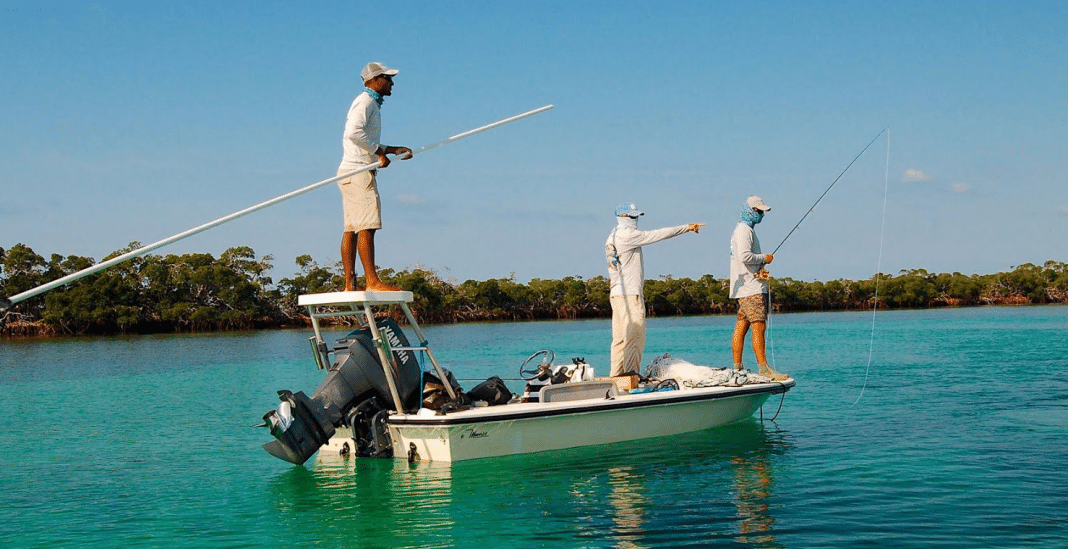Scientists have unveiled the results of some groundbreaking research to determine the percentage of Atlantic tarpon that hammerhead sharks take when hooked on a line.
The research finally quantified the depredation rate and was conducted at one of the prime tarpon fishing spots, Bahia Honda, in the Florida Keys.
The scientists found that the hammerhead takes 15.3% of all Atlantic tarpon hooked on a line that is fought for more than five minutes. While some see the rise as a sign the ecosystem is unbalanced, most researchers see it as a sign that the number of sharks is finally stabilizing after decades of conservation efforts. Also, as fishing becomes more popular, the likelihood of human-fish-shark encounters greatly increases.
According to Grace Casselberry, the study’s lead author and postdoctoral researcher at UMass Amherst:
“I sat in that chair for two months…watching all day long through binoculars and a camera with a long lens as people fished. Every time someone hooked tarpon, I recorded the time of day, the current, whether the tide was going in or out, which boats were fishing, how many anglers were in the area, how long it took them to bring the tarpon to their boat and whether or not a hammerhead ate the fish. I saw a total of 394 tarpon hooked.”
On the other hand, Andy Danylchuk, the study senior author and professor of fish conservation at UMass Amherst, added:
“Bahia Honda has most likely been a place where sharks and tarpon have congregated for a very long time. If there was less depredation in recent memory, that is likely due to the fact that the population of great hammerheads was dangerously low. There are more sharks in the water and also more hooks in the water…which is the perfect recipe for more shark-fish-human encounters. There’s some evidence that the hammerheads are pregnant females…and if they are culled, it could decimate their numbers.”
You can find the original research here.

